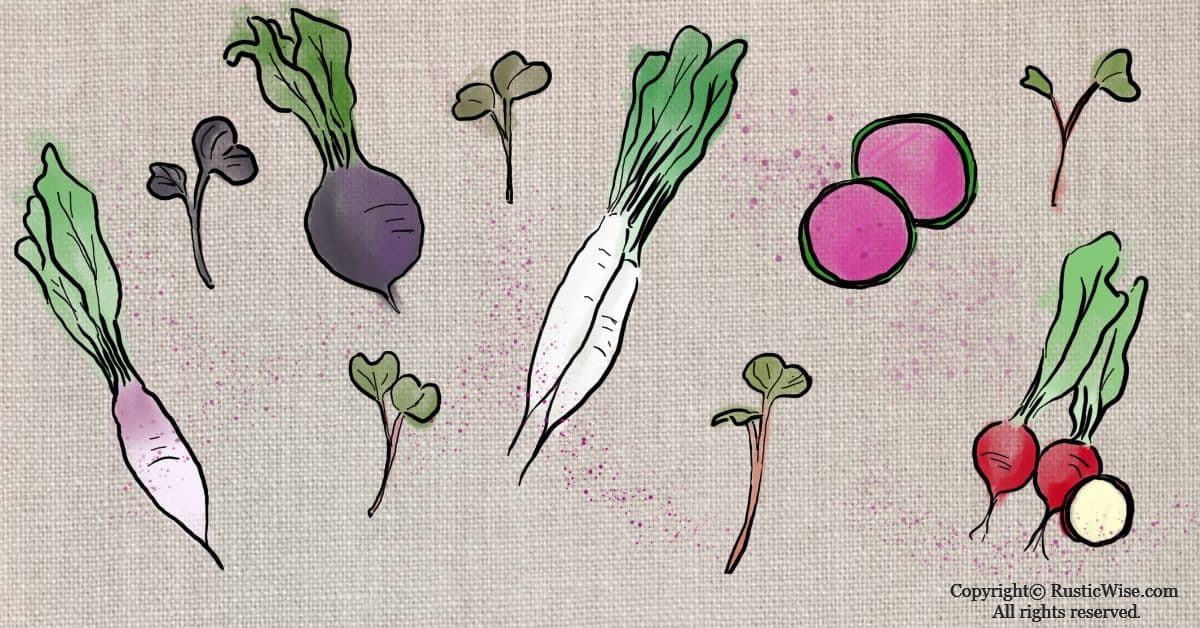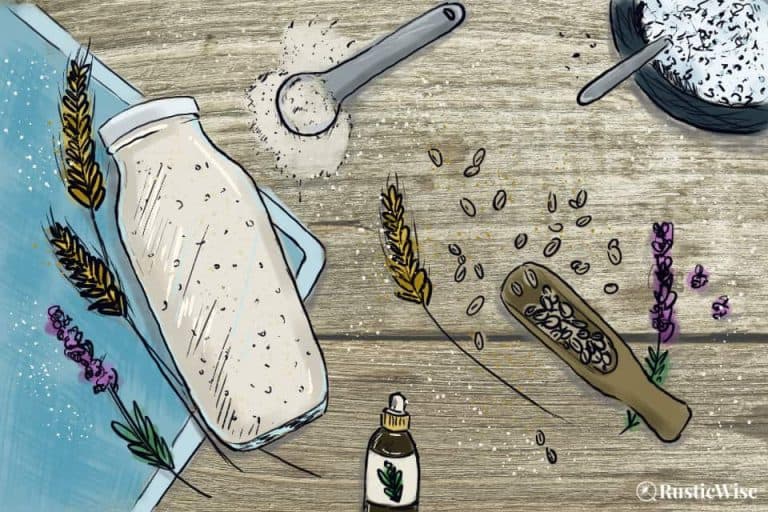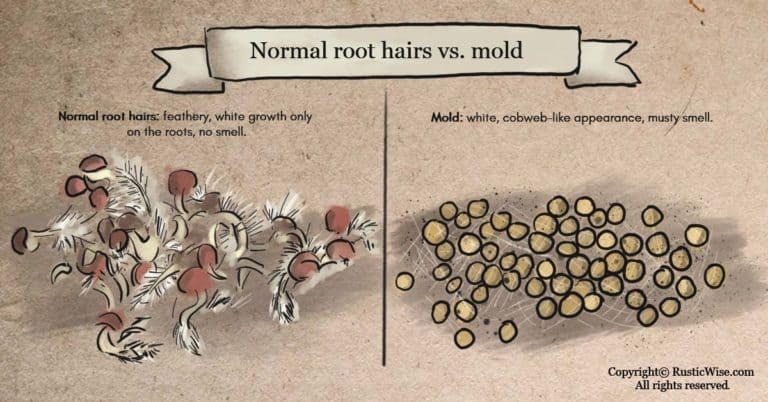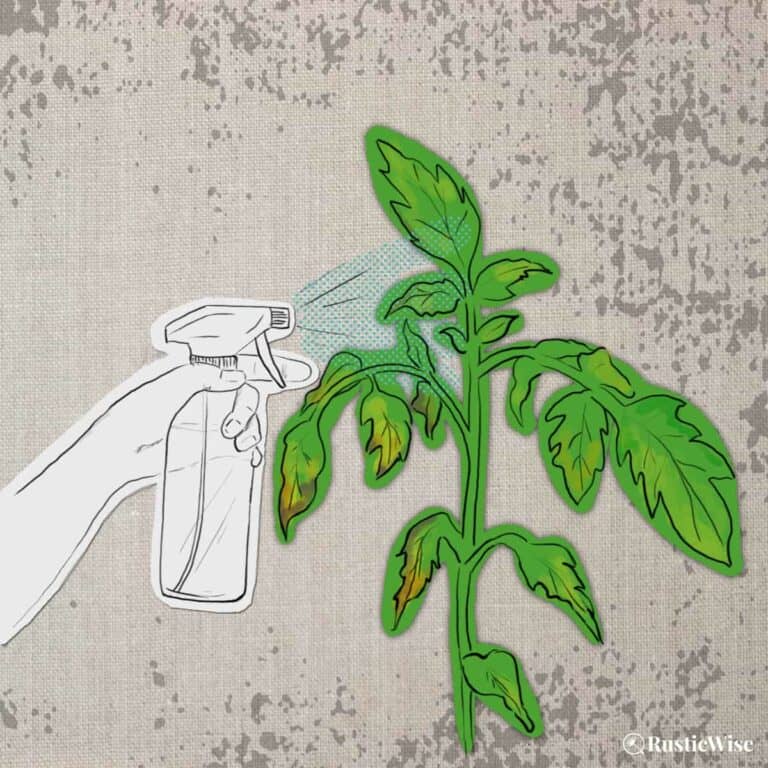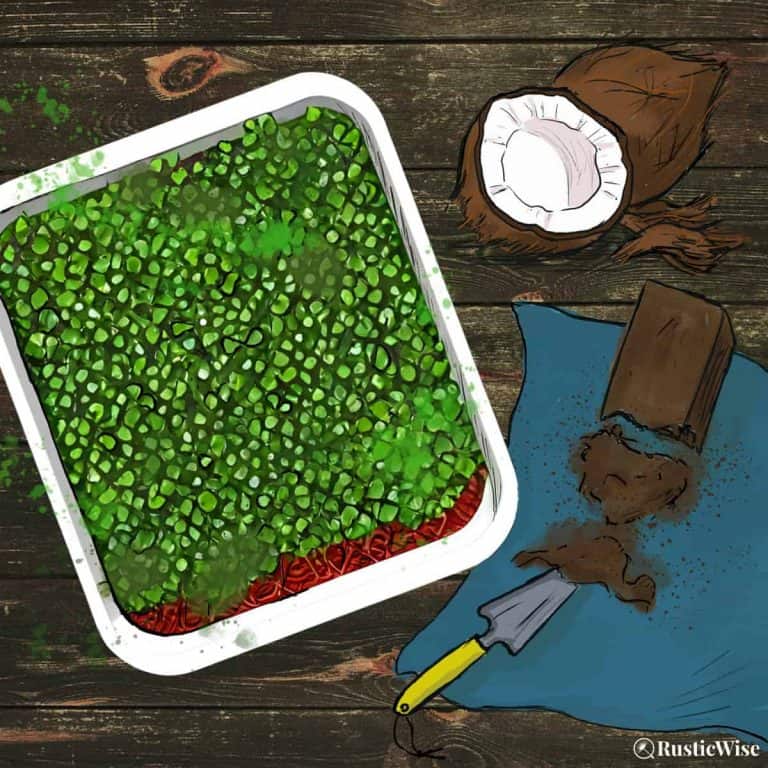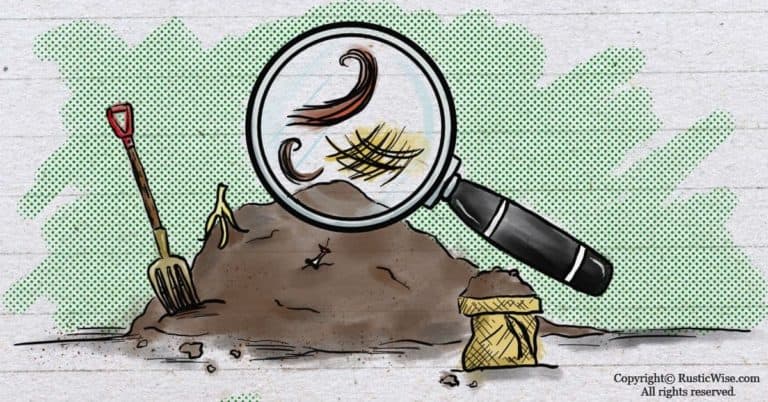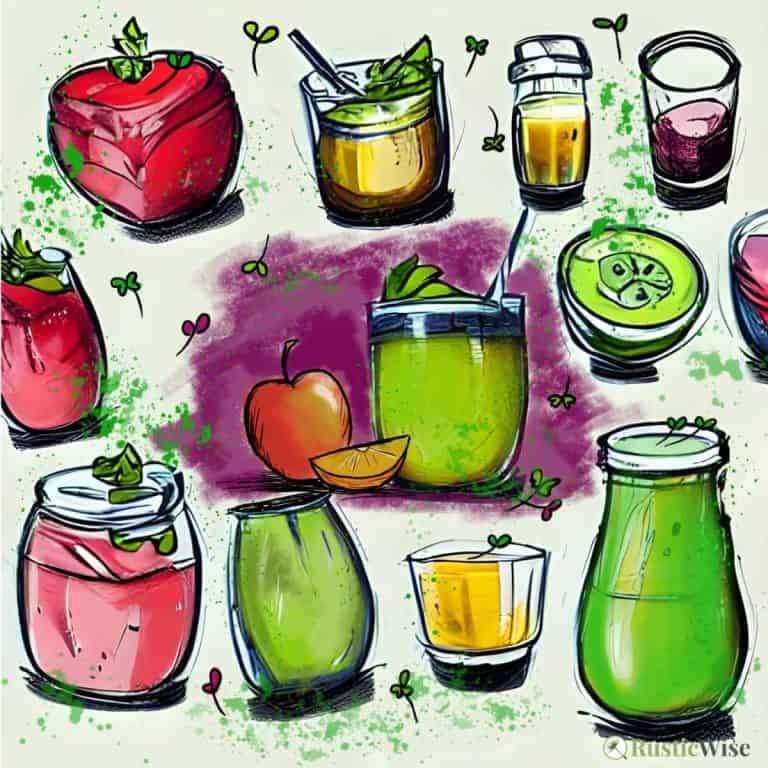Radish Microgreens Nutrition: Health Benefits, Varieties and How To Grow
Radish microgreens are a great way to add nutrients and flavor to your diet. Radishes are an excellent source of vitamins A, C, E, and K, along with calcium, iron, and dietary fiber. They also contain high levels of antioxidants that can help reduce inflammation in the body. We’ll take a closer look at radish microgreens nutrition, health benefits of radishes, different varieties you can grow indoors, as well as how to grow them!
Radish microgreens are a great way to add nutrients and flavor to your diet without adding too many calories. They’re also quick and easy to grow indoors so you can enjoy them year-round.
Radish microgreens are packed full of vitamins and nutrients—even more so than mature radish bulbs. Let’s take a closer look at all the benefits of this humble, yet member of the Brassica family.
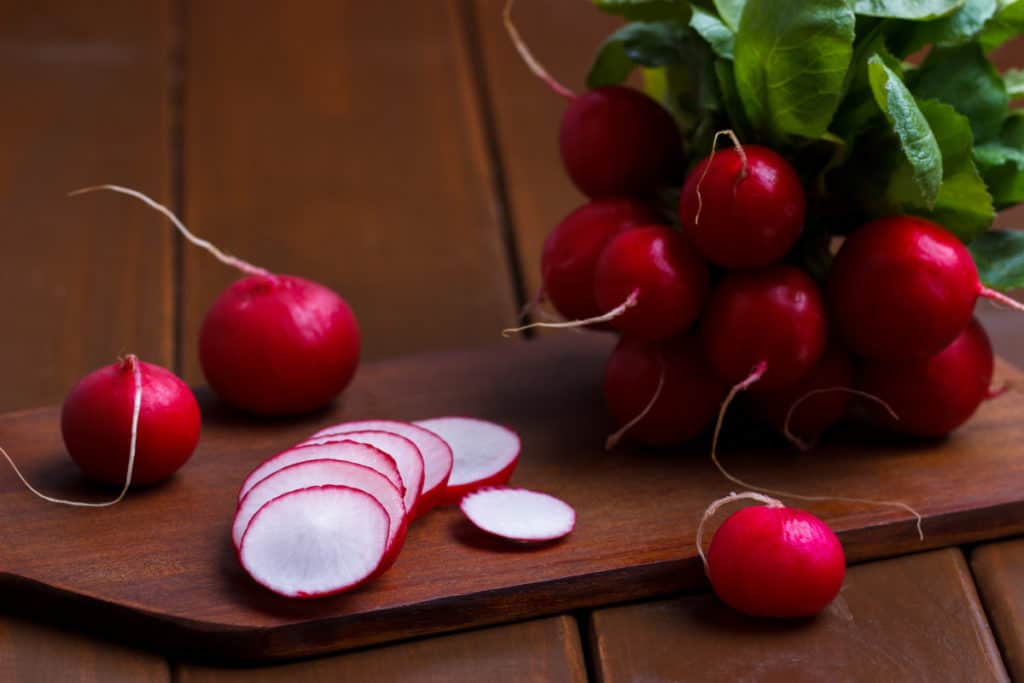
Credit: Yay Images
What exactly are radish microgreens?
The radish plant is a member of the Brassica family, which includes broccoli and cabbage. You’re probably familiar with radishes, but what exactly are radish microgreens? Radish microgreens are essentially tiny plants grown from the radish seeds and harvested when only a couple inches tall. At this young “microgreen” stage, plants are at their peak nutritional levels.
What you’re getting with radish microgreens is a unique tiny vegetable that tastes similar to the bulb of a regular sized radish, but slightly milder and more nutritious.
Did you know that one cup of raw radish contains more vitamin C than spinach?
Radish microgreens nutrition
If you’re looking to add more leafy greens to your diet, radish microgreens are one of the healthiest ones around.
A 2012 study conducted by the Agricultural Research Service (ARS) from the U.S. Department of Agriculture (USDA) together with researchers from the University of Maryland examined 25 varieties of commercially-grown microgreens.
Results show that the following four microgreens contained the highest levels of vitamin C, carotenoids, vitamin K, and vitamin E:
- Red cabbage
- Cilantro
- Garnet amaranth
- Green daikon radish
Green daikon radish microgreens were found to have the exceptionally high levels of vitamin E!
Are radish microgreens more nutritious than the mature radish plant? Yes! While the nutritional content of different types of microgreens varies, on average, most microgreens are found to contain five times more vitamins and carotenoids than their mature counterparts from the same plant.
Besides being rich in vitamins C, E, and K, radish microgreens also contain:
- Vitamins A and B6
- Calcium
- Iron
- Magnesium
- Phosphorus
- Potassium
- Protein
- Zinc
- Essential amino acids
- Dietary fiber
Health benefits of radish
Radish microgreens are a good source of vitamins A and C, calcium, and iron.
While there are plenty of great health benefits of radish, there are some people who should be cautious when consuming radish or other cruciferous vegetables. For those with an iodine deficiency, eating too much radish can block the proper functioning of the thyroid gland.
Boosts the immune system
Rich in vitamin C, radishes help to protect your body’s overall immune system. It acts as an antioxidant by stabilizing volatile molecules that can damage cells. Vitamin C helps with collagen production which helps heal wounds and maintain strong blood vessel walls.
Promotes healthy skin and eyes
Radishes contain plenty of vitamin A. This vitamin helps promote healthy skin and maintain vision. It also converts food into energy and helps to bolster the immune system.
May aid in weight loss
As radishes have zero fat, and are low in carbs and calories, it can be a great addition to your weight loss diet.
Regulates blood sugar levels
The chemical compounds glucosinolate and isothiocyanate are found in radishes. These help to maintain healthy blood sugar levels. In addition, an antioxidant called coenzyme Q10 helps to prevent the onset of diabetes.
Detoxifying and cleansing properties
Compounds found in radishes help the kidneys cleanse the body of toxins, and protect the liver from damage.
May protect against cancer
Many cruciferous veggies like radish may help prevent some forms of cancer. Isothiocyanates found in radish prevent tumors from forming and cleanse the body of unhealthy cancer-causing compounds.
Reduces inflammation
Radishes are high in antioxidants that can help reduce inflammation throughout the body as well as protect against diseases such as arthritis.
May protect against Alzheimer’s
Radish microgreens are very high in vitamin E which is a powerful antioxidant that helps protect cells and lipids from damage. A diet rich in vitamin E is a great way to ward off Alzheimer’s disease.
Improves digestion
Radishes are a great source of dietary fiber. This promotes healthy bowel movements which may help relieve common digestive problems such as constipation, bloating, gas and indigestion.
Varieties of radish microgreens
Just as regular radishes come in many colors and cultivars, so too do radish microgreens. You’re probably familiar with red radishes, but full-sized radishes also come in many colors and shapes from white (daikon), black, pink, and purple.
Radish microgreens are a great way to add a vibrant splash of color as well as introduce added depth and flavor dimensions. Different varieties may lean more towards the spicy side, while others have a hint of sweetness.
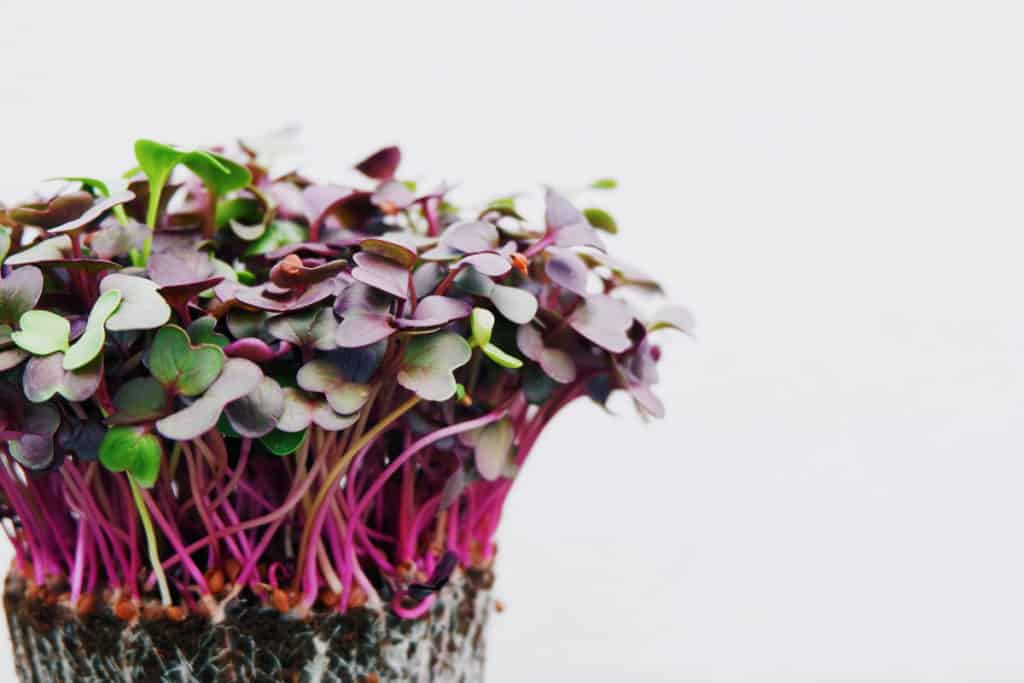
Credit: Devi Puspita Amartha Yahya / Unsplash
Here are a few varieties of radish microgreens:
- China Rose Radish: Bright pink stems with green leaves. It adds a hint of sweetness to the spice.
- Daikon Radish: Fresh, spicy, and crisp! Characterized by white or light-green stems and green leaves.
- Minowase Radish: A variety of daikon radish with whitish stems and dark green leaves. Tastes slightly sweet and fresh with spicy notes.
- Red Rambo Radish: With deep-purple leaves and stems, this radish variety is slightly spicy.
- Red Stem Radish: Colorful deep-red stems and green stems.
- Red Arrow: Stems have a pinkish hue with green leaves.
- Purple Radish: Dark-purple leaves with a few green leaves here and there for a nice contrast. Lots of crunch and spicy notes.
- Purple Stem Radish: As the name implies, this variety has a tinge of purplish coloring on the stems and light-green leaves.
- Hong Vit Radish: A quick-growing radish with purplish stems and green leaves.
- Radish mixes: You can buy a variety of mixed radish seeds to grow colorful microgreens ranging from green to deep-purple.
How to grow radish microgreens
Growing your own radish microgreens indoors is simple and rewarding. Plus, radish microgreens are quick-growers that are fairly low-maintenance.
If you’ve never grown microgreens before, check out our introduction to growing microgreens indoors.
Since green daikon radish scored so well on the healthiness scale, let’s take a look at growing these babies.
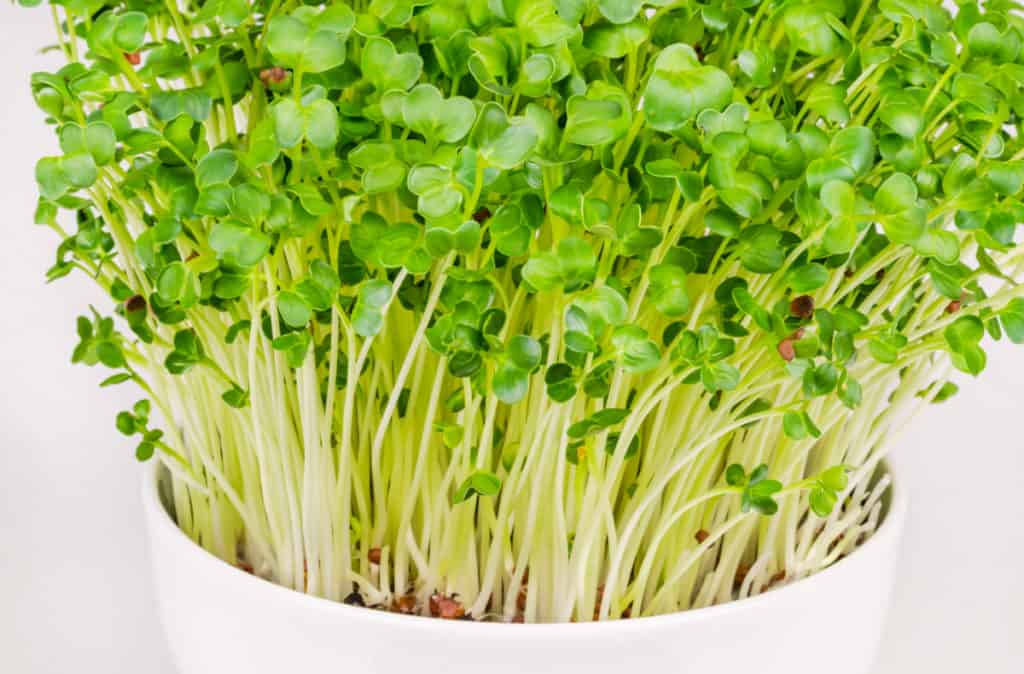
Credit: Deposit Photos
Ready to harvest: 6–14 days
Let’s gather a few supplies.
You’ll need:
- A growing tray and cover: You can use a 1020 growing tray, or any other size such as 5 X 5. If you’d prefer to use some upcycled containers from home, select a shallow dish and remember to poke a few drainage holes. You’ll also need a cover which should block out light while still allowing air circulation.
- Growing medium: Organic potting soil, or a soilless medium such as coconut coir, or a hemp grow mat.
- Radish microgreens seeds: True Leaf Market and Johnny’s Seeds both carry a good selection of different radish microgreens varieties. For a 5 X 5 tray you’ll need roughly 1–2 teaspoons; for a 10 X 20, you’ll need about 2–4 tablespoons.
- Water mister
- Prepare the growing tray. Ensure you use a clean growing tray. Fill with 1–2 inches (2.5–5.1 centimeters) of potting soil. Slightly compress the soil and moisten with water. The soil should feel damp, but not too soggy.
- Sow the seeds. Evenly distribute the radish seeds over the surface of the growing medium. Use your hands to lightly press down to ensure even contact with the soil. Use a water mister to lightly moisten the seeds.
- Cover the tray. Now it’s time to start the blackout phase. Cover the tray of seeds and place in a low-light area at room temperature. Germination occurs in 2–3 days. There should be no need to water during this time.
- Flip lid. On the second or third day (or when you see signs of steady growth), you can flip the lid upside down so that it places a slight pressure on the shoots. This encourages strong, healthy growth.
- Remove cover and give it light. On the third or fourth day, you can remove the cover and place your tray of radish microgreens in a sunny area (but away from direct sunlight), or under grow lights.
- Bottom water. To prevent damage to the fragile stems, bottom water every day or every other day as needed. To do this, simply fill a clean tray or basin with 1/2-inch of clean water. Place your tray of greens into the watering tray for several minutes. The roots will soak up as much water as it needs. Remove from water.
- Harvest. Your microgreens are ready to harvest when the cotyledons are fully developed. If you like crunchy microgreens, these daikon radish shoots should be harvested before they grow too tall. To harvest, use sharp scissors or a knife to cut the shoots at their base, just above the soil.
Store in the fridge for up to one week, but it’s best to enjoy sooner, rather than later!
Radish microgreens recipe
If you want to get the most of radish microgreens nutrition, check out this recipe which we’ve adapted from the book, Microgreens: How To Grow Nature’s Own Superfood by Fionna Hill.
Raw Energy Salad
Serves: 6
- 1/4 cup pumpkin seeds
- 1/4 cup sunflower seeds
- 2 teaspoons cumin seeds
- 11/2 cups microgreens (radish, or red cabbage, or purple basil are good choices)
- 1 raw beetroot peeled and grated
- 1 large carrot, grated
- 1/4 red cabbage finely shredded
- 1/2 cup bell pepper thinly sliced
- 1 teaspoon black sesame seeds
- 1 cup cooked quinoa
- Combine pumpkin, sunflower, and cumin seeds in a small bowl.
- Turn stovetop on at medium heat. Lightly toast the seeds, stirring constantly until lightly browned.
- Let seeds cool. In the meantime combine other fresh ingredients in a large bowl. Combine the cooled seeds into the salad.
Serve with a light salad dressing such as a raspberry, citrus, or pomegranate vinaigrette. Enjoy!
👉 If you like this post, see our Complete Guide to Growing Microgreens at Home. 🌱
Would you like more timeless tips via email?
Fun tips to help you live an independent, self-sustaining lifestyle. Opt-out at any time.


References:
- Lester, Gene & Xiao, Zhenlei & Luo, Yaguang & Wang, Qin. (2013). Microgreens: Assessment of Nutrient Concentrations. Journal of Agricultural and Food Chemistry. Accessed April 2021.
- WebMD, Radish: Health Benefits, Nutrition, and Uses, https://www.webmd.com/diet/health-benefits-radish#1. Accessed April 2021.
- McDermott, Annette (18 May 2018). “Are Radishes Good for You?” Healthline. Accessed April 2021.
- True Leaf Market, RADISH – DAIKON (ORGANIC) – MICROGREENS SEEDS, https://www.trueleafmarket.com/products/radish-sprouting-daikon-organic-seeds?variant=38824751048. Accessed April 2021.
- Hill, Fionna (2010). Microgreens: How To Grow Nature’s Own Superfood. Firefly Books. ISBN 1869537653.

Author: Theresa Tesolin
Theresa is co-founder of RusticWise. She helps people unleash their inner DIY spirit by encouraging them to get dirty and make or grow something from scratch.

